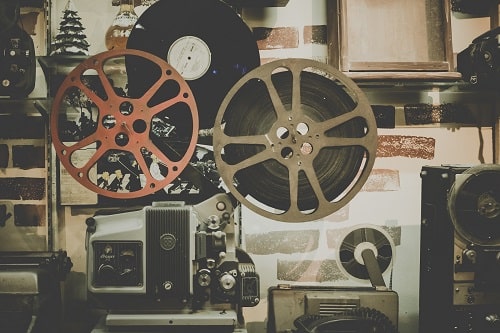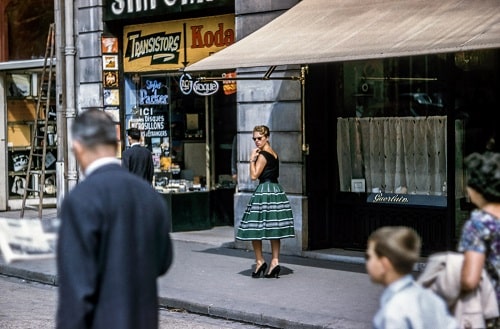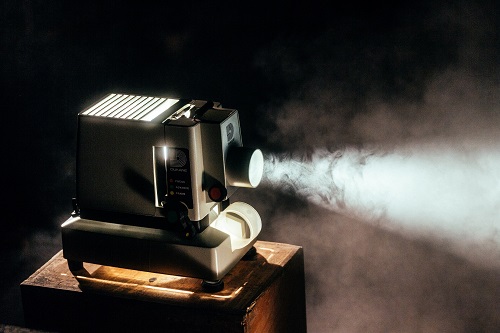The visual-effects team for the sequel of “Avatar: The Way of Water” had a challenge to invent new techniques that would create both sweeping and grand vistas, as well as intimate close-ups. This was something they were asked to do in addition to supplying additional scenes of similar visuals from what was seen in the original movie. It took creative innovation on their part to accomplish this difficult task.
The long-awaited sequel to the 2009 blockbuster hit “Avatar” posed many new challenges for the filmmakers, and their ambitious efforts resulted in groundbreaking visual effects that have helped catapult this movie into one of the most successful box-office films ever. With its jaw-dropping innovations, “Avatar” has earned an impressive spot in cinematic history.
Joe Letteri, the leader of Weta Digital’s FX team, spoke to Variety magazine and discussed the process of working on this movie since the completion of its predecessor. He said, “We have been continuously striving to improve our work and maximize our potential by taking into account what we could do better from our experience with the last film.”
About six years ago, when acclaimed writer-director James Cameron delivered the scripts for this movie and three sequels, there was a significant surge in research and development. After they gained an understanding of the full scope of the film, which features scenes set underwater for approximately 60% of its running time, it became clear that this would require unprecedented levels of creativity and ingenuity.
For the first installment in the “Avatar” franchise, a specialized and comprehensive tool kit was devised to faithfully simulate and replicate the visual aesthetics, tactile sensation, and dynamic motion of water. This unique collection of instruments enabled filmmakers to generate incredibly realistic recreations of aquatic environments.
This remarkable toolkit facilitated filmmakers in producing incredibly realistic and believable computer-generated imagery (CGI) effects, allowing them to vividly portray this grandiose fantasy world on the silver screen.
Despite our efforts, we knew that what we had done still wasn’t sufficient,” says Letteri. “In particular, when it came to facial closeup shots, there was a range of details that needed to be addressed – such as simulating the water running down the skin. This was an incredibly intricate process and so took us a lengthy period of time in order to get it just right.
When the character was in a wider location, the situation became even more challenging. “There are not enough computers in the world to construct both droplets and a massive ocean at the same time; if you have a character with drops of water trickling down and in the background, you see the enormous ocean, you can’t make both at the same time. Hence, you must address each one separately.
Although the 2009 film heavily relied on performance-capture, no one had ever done it underwater. Letteri, with a playful smile, recalls how they managed to capture Jake’s swimming scene; “It was quite comical actually – we just pushed Sam Worthington around in an office chair and filmed him pretending to swim!”
The talented actors of the 20th Century Studios production of Lightstorm Entertainment’s film were required to perform their scenes inside large tanks at the studio in Manhattan Beach, California. They needed to take care to hold their breath so that any bubbles they exhaled would not ruin the Visual Effects process. This was an important aspect of filming and all involved made sure it was addressed properly.
James Cameron’s Avatar film has pushed the limits of performance capture technology. While in the first movie they were only able to record three or four actors at once, with this sequel they have drastically increased their abilities to a staggering 24-26 performers in one session. This is an impressive feat that allows for more intricate and realistic scenes.
In order to accurately capture the full range of facial expressions for Gollum in 2002’s “The Lord of the Rings: The Two Towers,” Weta developed a pioneering technique which has since become the accepted industry standard. This system allowed them to create a realistic, emotive performance from their motion-capture actor.
However, Letteri pointed out that as they began to explore the capabilities of motion capture technology, it soon became apparent that it was not going to provide them with the level of precision and detail necessary for their upcoming sequel, ‘Avatar 2’. Consequently, they had to look elsewhere in order to achieve their desired results.
The use of underwater capture technology enabled us to obtain physical performances that cannot be replicated with any other means. However, the importance of close-ups was not overlooked; it was essential for viewers to observe the expressions and movements of actors in order to truly understand their characters. Consequently, we dedicated a significant amount of effort into creating a revolutionary facial animation system specifically designed for these characters.
Avatar should put to rest any anxieties that actors may have about being replaced by performance-capture. In fact, it presents fresh opportunities for casting, with Sigourney Weaver portraying a 14 year old – something she might never be able to do in real life films. This film has the potential to revolutionize how movies are made and provides an exciting new avenue of roles for actors.
Letteri, Richard Baneham, Eric Saindon and Daniel Barrett have all been Oscar-nominated for their work on the film “Avatar: The Way of Water.” This spectacular movie has been nominated not only for its visual effects, but also for best picture, sound and production design. Each one of these talented individuals played a vital part in bringing this groundbreaking project to life.
Wrapping Up:
We hope that you have found this article on The Evolution of Visual Effects in the avatar movie to be both interesting and informative. By reading through our piece, we trust that you have gained a greater understanding of the incredible technological advancements which have been made over the years with regards to visual effects, as demonstrated perfectly by James Cameron’s popular film. We appreciate your time spent here and hope you enjoyed learning about this topic!



 RELATED POSTS
RELATED POSTS



0 Comments